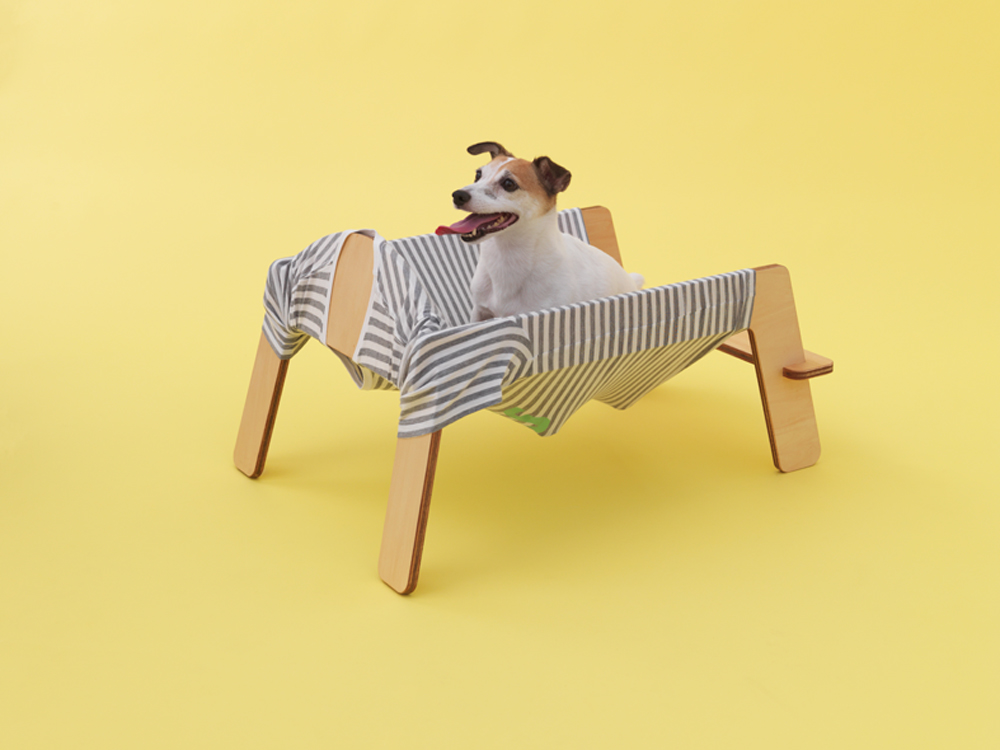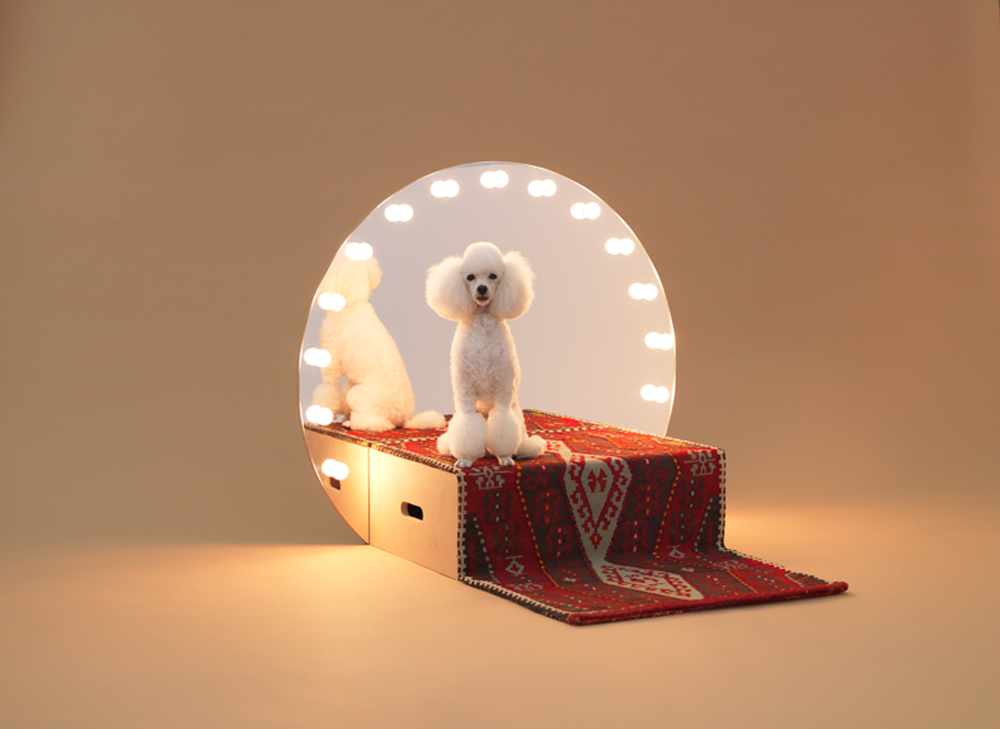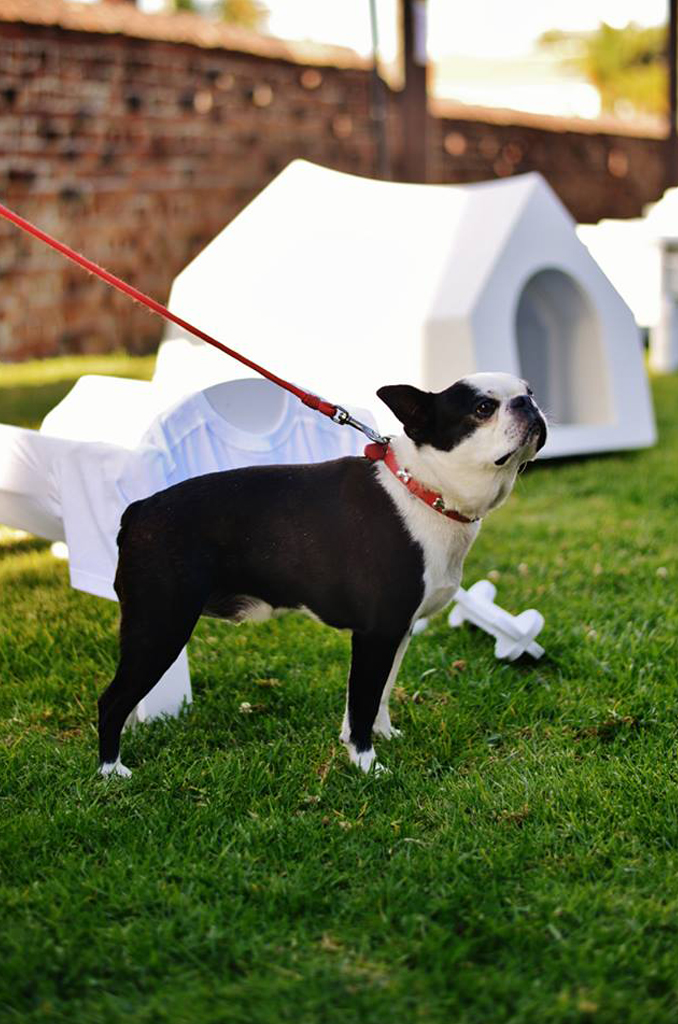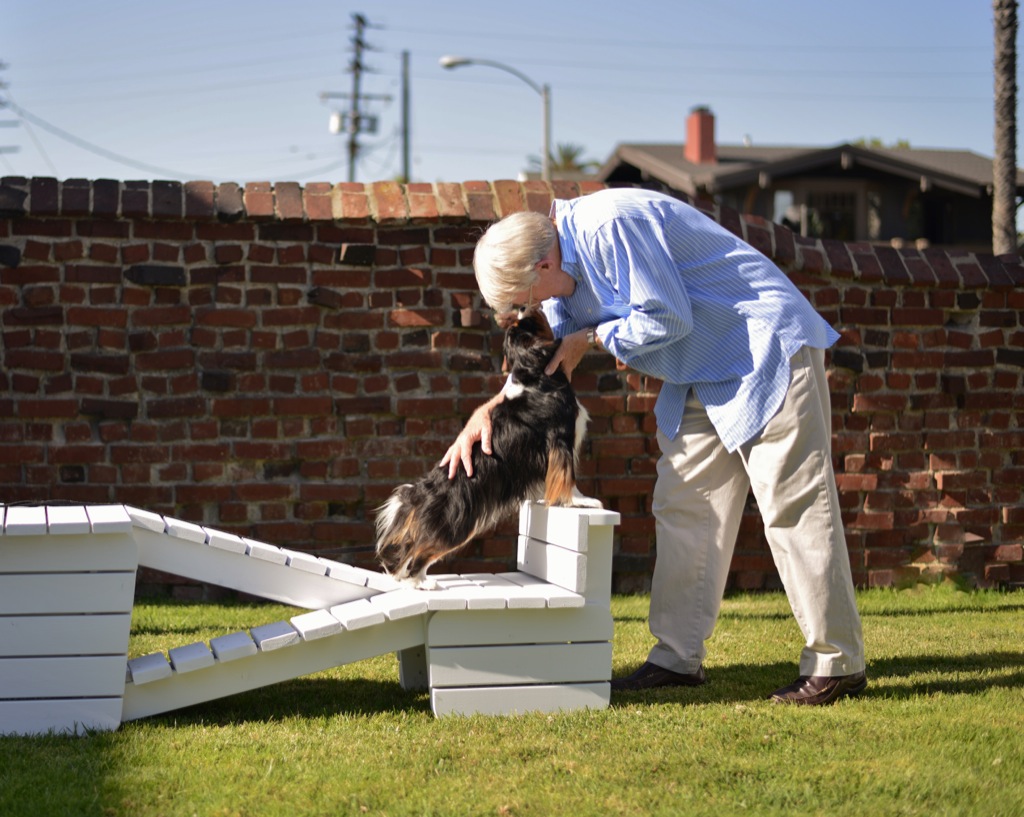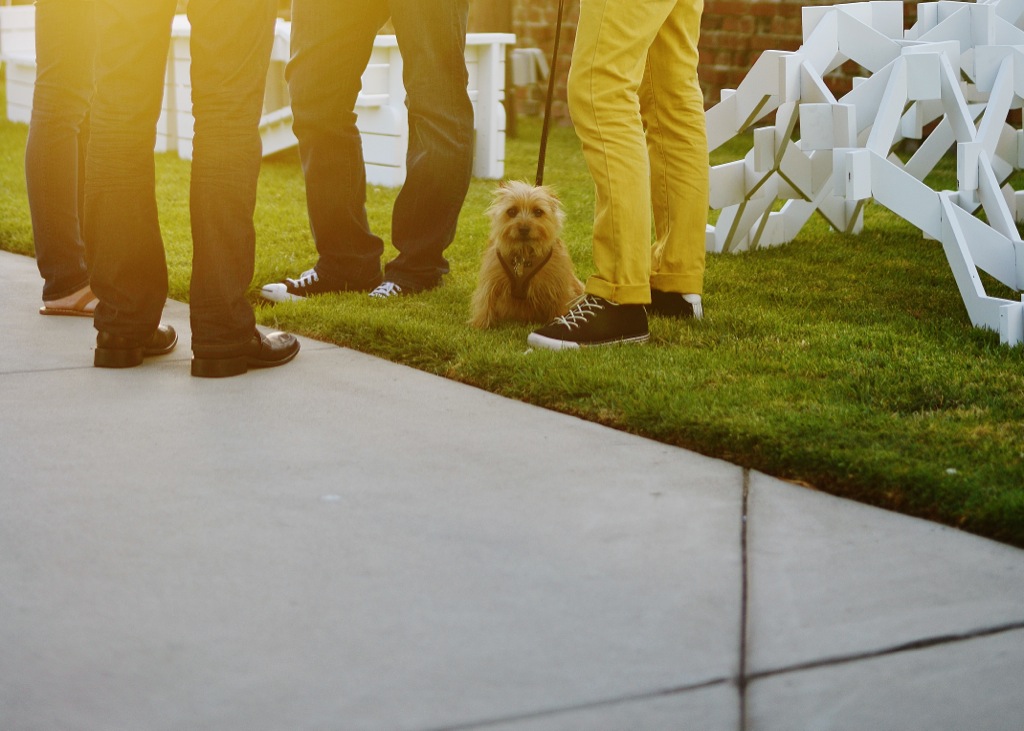Canine Contemporary: Architecture for Dogs

Kenya Hara doesn’t design ‘things’. His cerebral yet elegant work in object and experience design as the director of Hara Design Institute and the creative director at MUJI, seeks to infuse a sense of identity and memory into design. One of Hara’s current projects is Architecture for Dogs, a travelling exhibition and online resource dedicated to the proliferation of novel, DIY architecture for man and woman’s best friend.
Rather than designing products, Hara designs happenings or “mental events” – the creation of a lasting imprint on the mind of the viewer or audience. One of Hara’s current projects is Architecture for Dogs, a travelling exhibition and online resource dedicated to the proliferation of novel, DIY contemporary architecture for man and woman’s best friend.
Hara commissioned leading designers to create thirteen bespoke pieces of architecture for their chosen breed of canine (Chips, our resident greyhound is patiently awaiting her own design – watch this space, we hope to Assemble one over summer!), including MVRDV for the Beagle, Sou Fujimoto for the Boston Terrier, Atelier Bow-Wow for the Dachshund, Torafu Architects (who we’ve previously featured here and here) for the Jack Russell Terrier, Shigeru Ban for the Papillon and Toyo Ito for the Shiba.
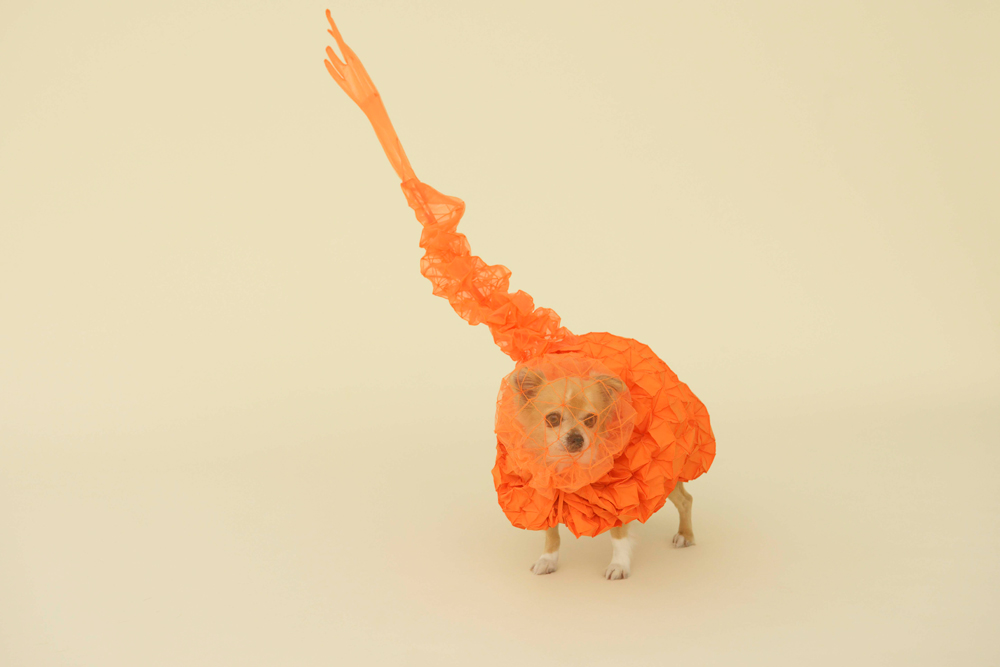
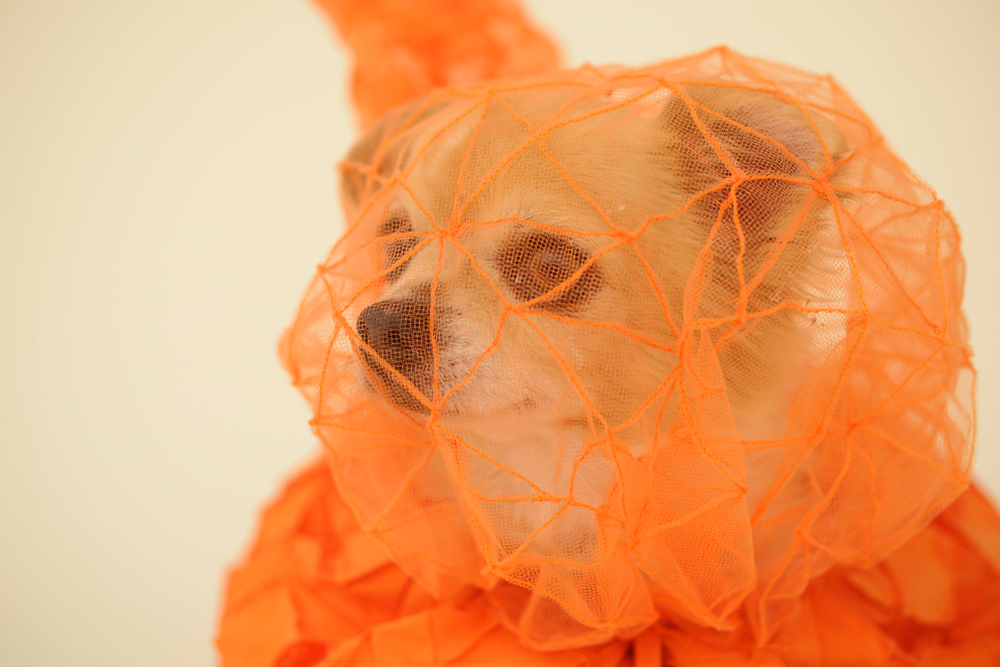
The results are playful and whimsical yet sleek. And with blueprints for each of the individual designs available for download through the project website, Architecture for Dogs is an invitation to dog lovers everywhere to get out their hammer, saw and nails and build, remix or hack these open source designs.
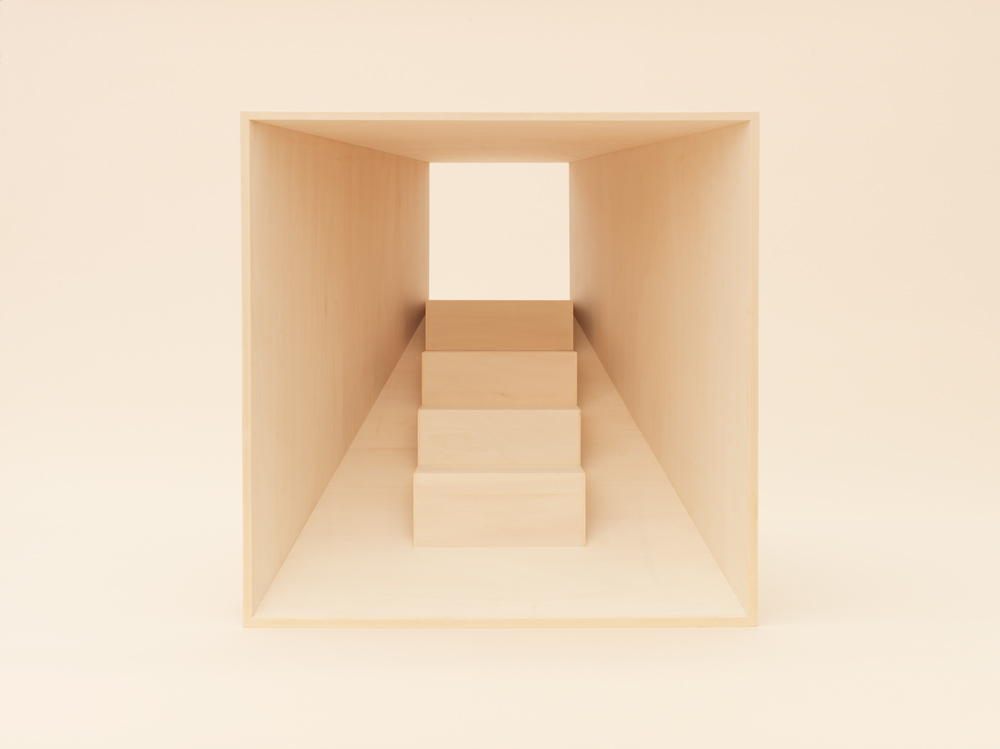
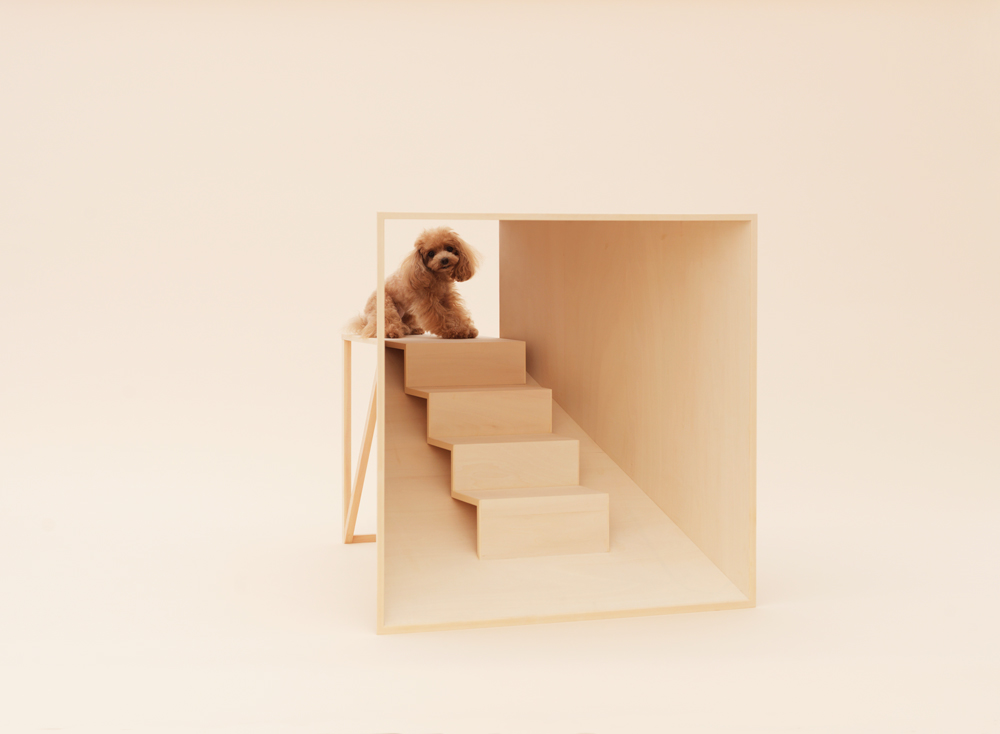
In his D-tunnel design for the Tea Cup Poodle, Kenya Hara has created a timber staircase and viewing platform – an installation that seeks to elevate dogs to the height of their owner, a fanciful design with egalitarian underpinnings. Hara notes: “dogs, who spend their lives at the side of humans, must accept human scale. This architecture is an apparatus for the purpose of naturally bringing dogs and humans eye to eye”. Since the domestication of the Grey Wolf several tens of thousands of years ago, humans have ‘done a Darwin’, breeding and selecting dogs’ physical attributes, traits and temperaments according to their own design. “When the dog runs up the stairs, he ends up at just the right height to be face-to-face with a person. I thought up a device/installation that equalizes human scale and dog scale”.
As the curator and initiator of the Architecture for Dogs project, Hara acknowledges and pays tribute to the quiet and often under-represented symbiosis between dog and owner. “Dogs are people’s partners, living right beside them, but they are also animals that humans, through crossbreeding, have created in multitudes of breeds. Re-examining these close partners with fresh eyes may be a chance to re-examine both human beings themselves and the natural environment”.


So far, Architecture for Dogs has presented exhibitions in the US, including installations and dog-ins at Design Miami and at Long Beach Museum of Art. Later this month, the project travels to Tokyo’s Toto Gallery.
In coming years, Kenya Hara will curate more projects exploring the underlying structural and experiential design of daily life. “Emptiness is the backbone of my aesthetic sensibility,” says Hara. “The concept of emptiness is the implicit foundation of every aspect of Japanese culture, architecture, design, communication…the ancient Japanese did not see nature as wild. They saw its abundance and believed that nature teaches us how to lead rich lives accordingly”. Stay tuned for “Architecture for Swimming” and “Architecture for Sleeping”.
Want to treat Fido to his or her own piece of homemade contemporary architecture? Download blueprint designs, watch how-to videos and find out more about the Architecture for Dogs project here: architecturefordogs.com. To find out more about Kenya Hara, visit the Hara Design Institute website: ndc.co.jp/hara/en. Photos by Hiroshi Yoda and Lindsey Ingram.






